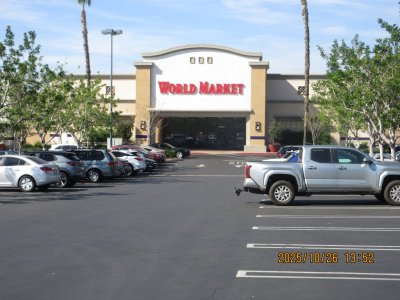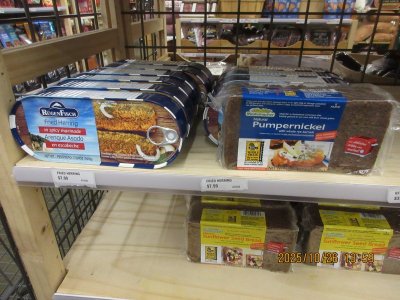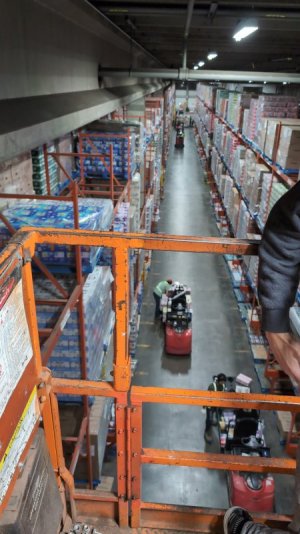WheatenLover
Well-known Member
- Location
- Georgia
No, I had no idea there were important issues with black plastic. Thank you for telling me about it. I used to use the black plastic quart sized containers for freezing meals made in advance.Did you also know that Black plastics are more likely to contain unregulated amounts of toxic chemicals including heavy metals and flame retardants which can leach into food and pose a hazard to human health. In addition, black plastics are not recyclable due to their colour.
So Cooking utenisl which are traditionally Black..like spatulas ladles etc... should be replaced... and I never use those Black clear lidded plastic disposable dishes that you can buy in Costco for this very reason...
The black color is created by adding a substance called carbon black to the plastic. Carbon black which contains numerous compounds, some of which like polycyclic aromatic hydrocarbons (PAHs) have carcinogenic properties that have lead the International Agency for Research on Cancer (IARC) to classify carbon black as “possibly carcinogenic to humans.” It is not yet known if carbon black leaches out of black plastic containers into food during microwaving but we would not recommend microwaving food in any color of plastic container (see our fact sheet on microwaving plastics for more details.)
Although black plastic makes up 15% of all plastic recyclables (largely single-use food containers), the vast majority is not recycled because the technology used by recycling facilities to sort plastics cannot “see” the color black. These materials reclamation facilities (known as MRFs for short) use an infrared light (known as Near Infrared or NIR for short) to sort the plastics by color and as carbon black absorbs infrared light, the facility simply does not register black plastics and they do not get sorted for recycling. As a result of this failure, most black plastic items end up in our landfills, incinerators, or littered in our environment after just a single use.
Due to the lack of recycled black plastic, the demand is often met with e-waste (discarded electronics like old computers, phones, TVs, monitors, speakers, and appliances) that contains toxic chemicals such as phthalates, flame retardants, and heavy metals such as cadmium, lead, nickel, chromium, and mercury.
These chemical-laced plastics are melted down, mixed with food grade plastics and turned into children’s toys, single-use utensils and coffee stirrers, hot cup lids, cooking implements, insulated mugs, jewelry, garden hoses, and holiday decorations, among other items.
Why Black Plastic Is Bad News — Beyond Plastics - Working To End Single-Use Plastic Pollution
Thank you!










